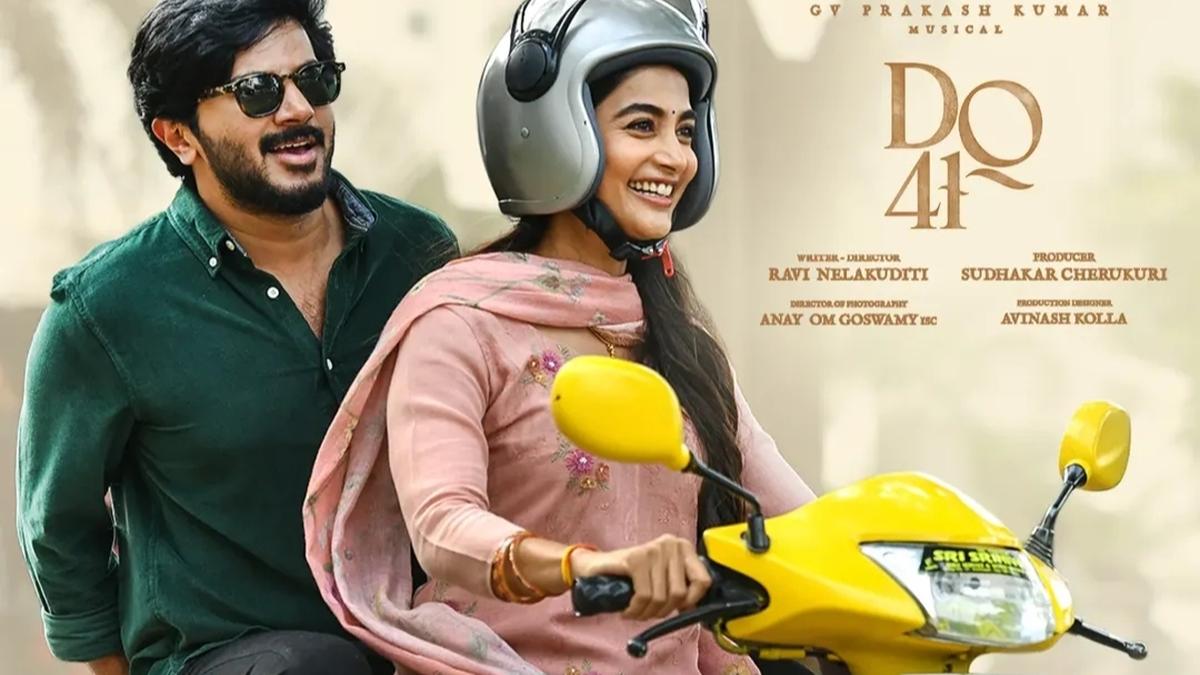“My film is a glorious canvas for two people in love,” says director Sarthak Hegde about his movie GreenGirl. He urges people to look beyond the most obvious point in the film — the Hindu-Muslim angle.
“Young couples are often shamed in the name of moral policing. They are expected to study together and not fall in love. In Green Girl, the couple’s desires might seem immature, but subconsciously, it’s a political act, and we wanted to glorify it by giving it a platform,” he explains.

Starring Mayur Gowda and Sucharitha Haritas as Jeevan and Ameena, respectively, Green Girl tells the story of an interfaith couple and their American dream amid religious conflicts in coastal Karnataka.
Following its screening at festivals, including the International Documentary and Short Film Festival of Kerala (IDSFF), Green Girl is set to hit the screens on September 12, with KRG Studios presenting the Kannada drama.
Even as it narrates a tender love story, Green Girl vouches for unity, as evident in the opening, where children from all backgrounds celebrate being Indians. “My version of India is showcased in the opening shot of the movie. You see a small girl dressed as Mother India with the Tricolour. She gives a faint smile. According to me, India is young and playful, but the larger reality is different,” he offers.
The reality Sarthak mentions is the communal divide in the region. “Communal tensions have always been there, and then there is Bappanadu,” points out Sarthak, referring to the Bappanadu temple (also called the Durga Parameshwari temple), built in the 13th century by Bappa Beary, a Muslim sailor and merchant, that stands as a symbol of coastal Karnataka’s syncretic past.
The film’s title, Sarthak says refers to the course Ameena’s life takes, because of a certain colour associated with her. We brought the aspect of colour to humanise her character. Reducing Ameena to a colour is also superficial. We wanted to create this paradox.”
Mayur and Sucharita define the experience of working for Green Girl as transformative. “Jeevan reminded me of my past self. I had a lot of insecurities. This movie changed my perspective about so many things,” says Mayur, who was drawn towards the innocence of his character.
For Sucharita, understanding Ameena’s world was important. “She (Ameena) is nowhere close to the person I am. So, I wanted to be her and live that character completely.”
Jeevan’s mindset is marked by innocence, while Ameena’s actions are driven by rebellion. However, the two are on the same page about moving to America for a “better future”. “For Jeevan, America symbolises escape from all their worries,” says Mayur.

Mayur Gowda and Sucharitha Haritas in ‘Green Girl’. | Photo Credit: Special Arrangement
Sarthak, who pursued his education in the US, says the germ of the film originated from the time he spent in the country. “The film’s climax was inspired by the American dream we see in Indians from small towns. Of course, as naïve youngsters, we aren’t aware of the geo-political realities of America. That said, people’s grass-is-greener mentality that makes America stand for freedom for them.”
There is a purpose to the Western-influenced music, admits Sarthak. “The music had to provide the effect of America overseeing the story. The music symbolises America welcoming the couple after what they go through. We used a mix of synth and opera. The background score was orchestral for this reason.”
Even as we delve into the world of Jeevan and how his liberal thinking is challenged by hardliners from his community, we are hardly given a sense of Ameena’s world. Green Girl offers only subtle hints about the impact her community and people have on her.
“From the beginning, we were clear that we would be following Jeevan’s journey,” clarifies Sarthak. “Extremism from both sides is wrong. If we show that, then I would be increasing hatred in society. Ameena is going through the same feelings as Jeevan about our fractured society.”
Forbidden love often ends in tragedy. Sarthak admits that he felt guilty for putting the characters through grief.
“A film merges fiction and reality. We can control what happens to our characters. We had the power to change their fate, but it only made sense to be truthful,” says the filmmaker, adding how Nagaraj Manjule’s Sairat (2016) produced a similar shocking yet realistic effect. “Sairat was so raw. The climax snaps and brings you back to harsh reality. Similarly, Green Girl had to be rooted, despite its elements of magical realism.”
The film found it slightly challenging to maneuver around the CBFC thanks to its touchy premise. “The censorship process took close to two and a half months,” reveals Sarthak. “The certification was refused at first, and then we appealed. The CBFC approved the movie, but it was concerned about how people would receive it. The board wanted us to remove certain words, thinking it could trigger people. The film is releasing with 12 audio cuts, but no scene was removed.”
A film like Green Girl is a bold step considering the current political climate. “As I was performing, I felt sad for Ameena. They (Ameena and Jeevan) were two innocent people. They didn’t do anything wrong to be humiliated,” says Sucharitha. Sarthak hopes the film or its scenes are not taken out of context. “I hope people understand what the film is trying to say as a whole. Our message is universal.”

 3 hours ago
1
3 hours ago
1





















 English (US) ·
English (US) ·